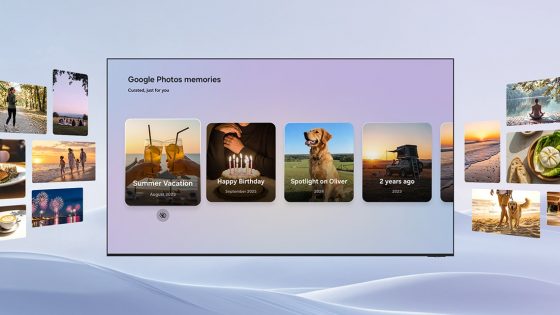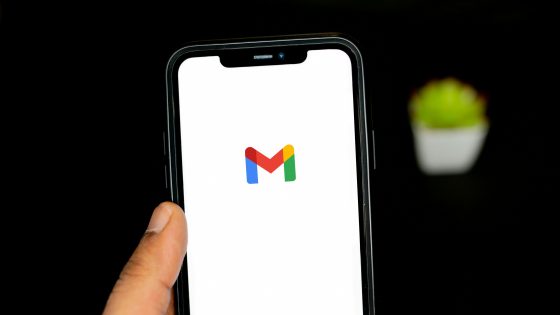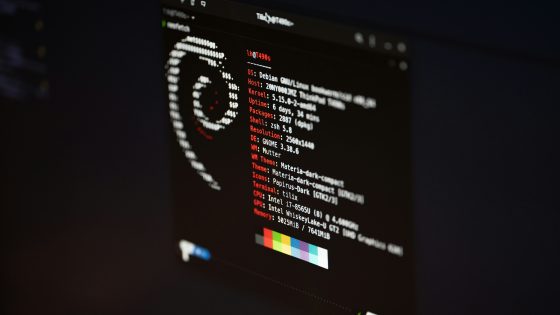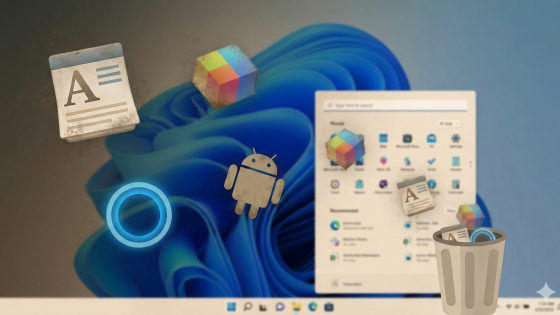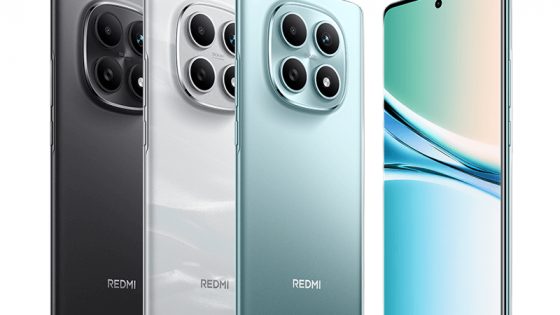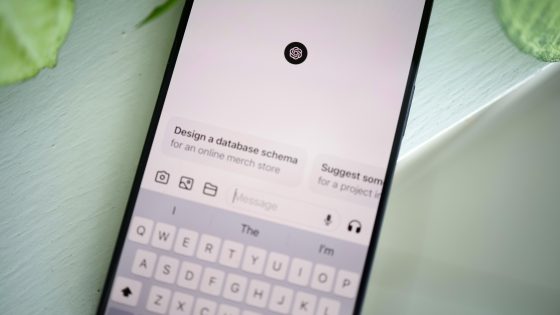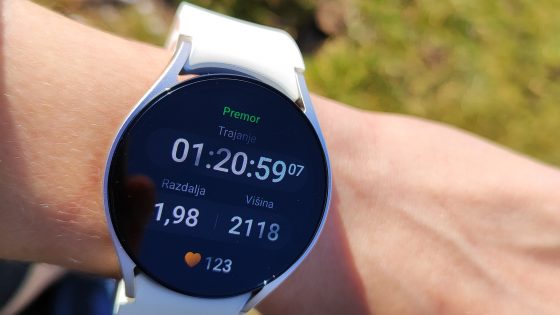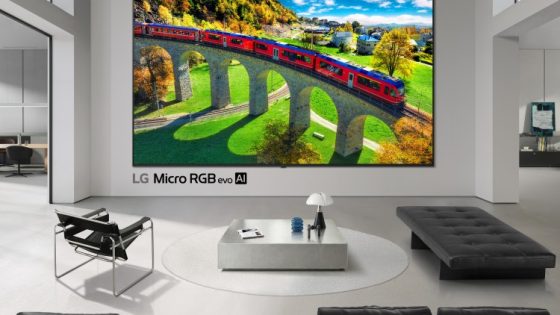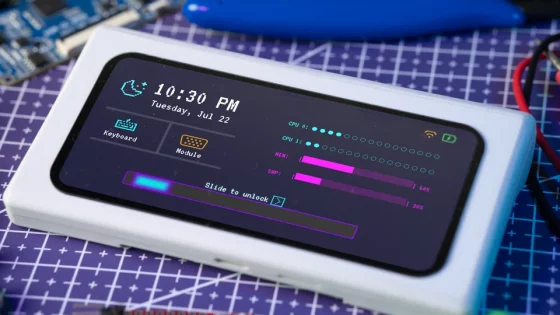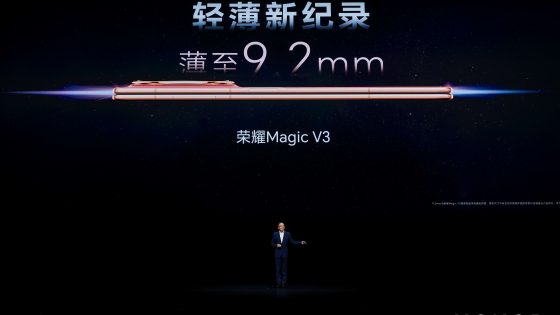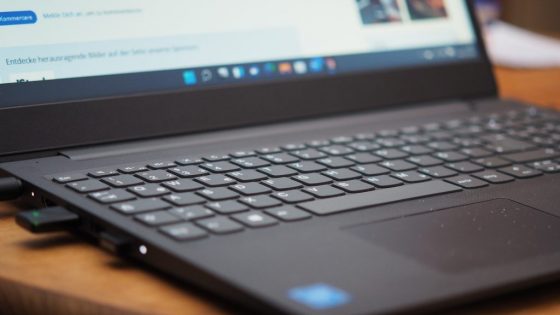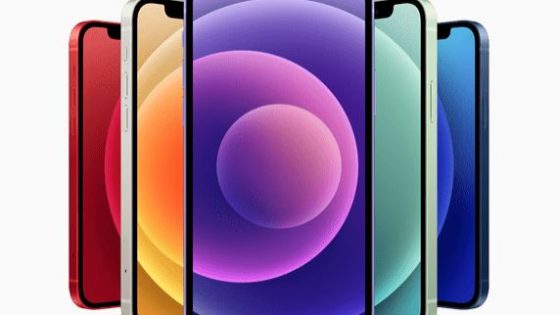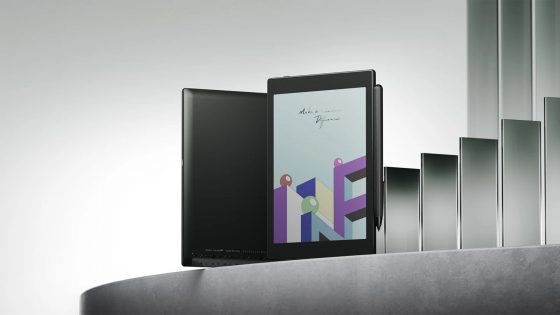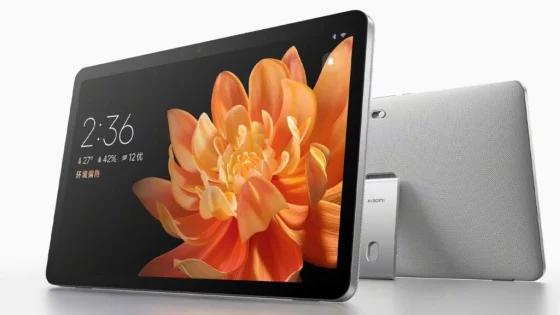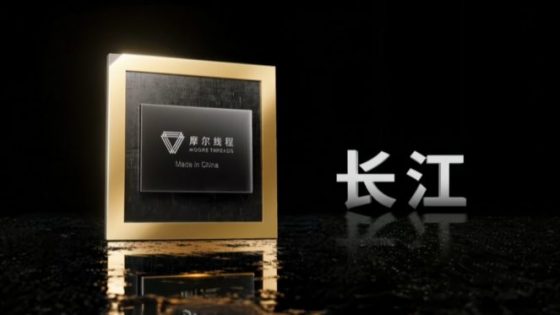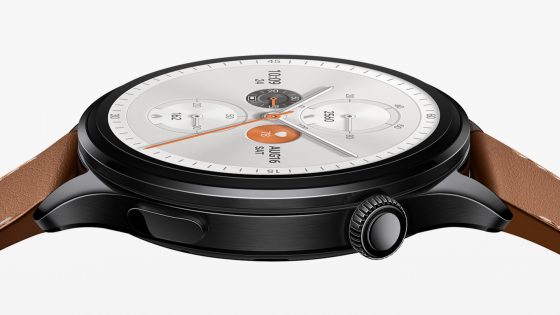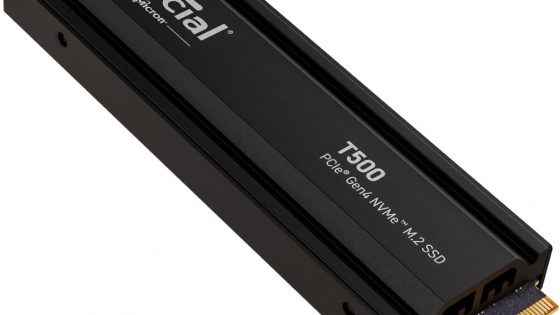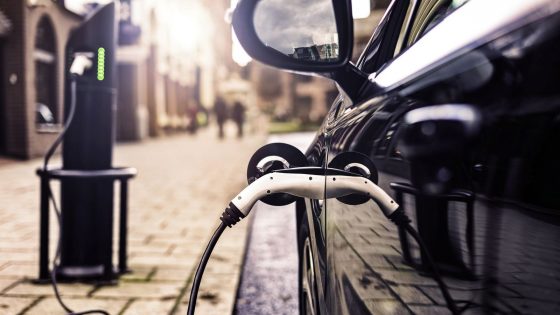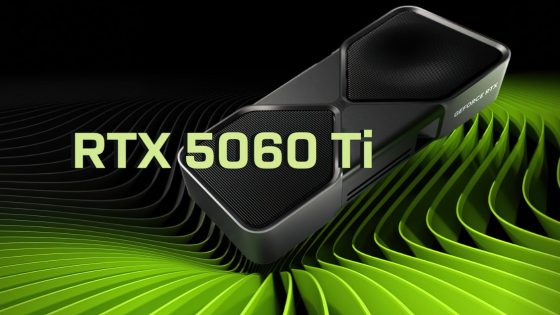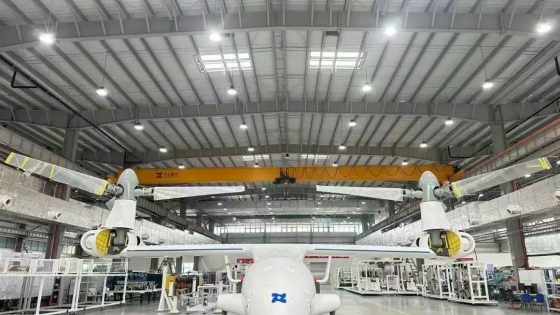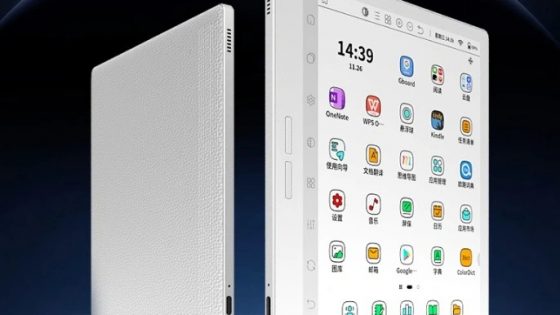Xiaomi 14T and Xiaomi 14T Pro test – a good dose of the Xiaomi vitamin
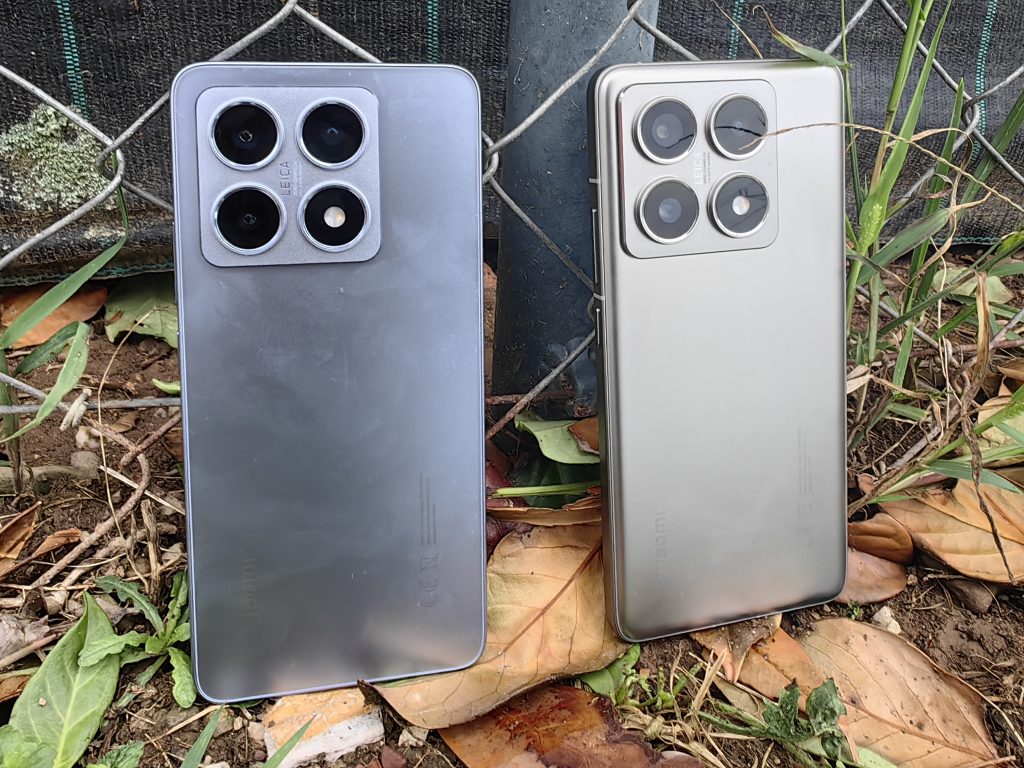
Xiaomi 13T quickly started selling for around €400, while the 13T Pro for €500 and some change. They were without competition for a long time, but in July (at least in our market) they got their one and only rival for me – Honor 200 and 200 Pro. Very similar price, very similar performance, but I would give a slight advantage to Honor because Snapdragon processors are better optimized for apps and games than Mediatek. They also traded blows in the field of photography.
But it's been a year and while Honor has already exhausted all of its launches for this year, Xiaomi still has some fuel in the tank and can take the lead. Xiaomi has had successful months behind it, in August they even overtook Apple in second place in terms of market share. In all likelihood, Apple has regained its position with the introduction of new phones, but Xiaomi is not doing badly.
But you're here for the newcomers, the Xiaomi 14T and Xiaomi 14T Pro. Given the eulogies I've bestowed upon the predecessors, it's somewhat to be expected that I'm also pleased with the new generation. Still, I'm slightly disappointed, partly because of the phones, partly because of the manufacturer's move. More below.
| Advantages | Weaknesses |
| Very good performance | An average ultra-wide camera |
| Great screen | The charger and cover are no longer included in the packaging |
| Good battery and fast charging | Boring shape and colors |
| Spacious and fast drive | |
| Good photographer |
Xiaomi 14T and Xiaomi 14T Pro price?
- Xiaomi 14T 12GB/256GB: €699
- Xiaomi 14T Pro 12GB/512GB: €899
The price of the Xiaomi 14T Pro has not changed, and the Xiaomi 14T is €50 more expensive, but with more RAM (8 vs. 12 GB).
When you buy one of the phones, you will from 27 to 31 October. got more Xiaomi robot vacuum cleaner E10 like a gift (value around €150).
I'd rather see them include a charger (no longer in the box) and some other headphones as part of the campaign.
Main specifications
| Xiaomi 14T | Xiaomi 14T Pro | |
| Chip | MediaTek Dimensity 8300 Ultra | MediaTek Dimensity 9300+ |
| Graphics core | Small G615-MC6 | Immortalis-G720 MC12 |
| Drive | up to 512 GB* (UFS 4.0) | up to 1TB* (UFS 4.0) |
| RAM | up to 16 GB* LPDDR5x | up to 16 GB* LPDDR5x |
| Screen | 6.67-inch OLED, 4000 nits, 144 Hz | 6.67-inch OLED, 4000 nits, 144 Hz |
| Battery | 5000mAh, 90W | 5000 mAh, 120 W, 50 W wireless |
| Main cameras | 50 MP (f/1.7), 23mm, OIS; 50 MP (f/1.9) telephoto, 50mm, 2x optical zoom; 12 MP (f/2.2) ultrawide, 15mm | 50 MP (f/1.6), 23mm, OIS; 50 MP (f/1.9) telephoto, 60mm, 2x optical zoom; 12 MP (f/2.2) ultrawide, 15mm |
| Front camera | 32MP | 32MP |
| The rest | HyperOS, Wi-Fi 6e, Bluetooth 5.4, Dolby Atmos, Dolby Vision, IP68 | HyperOS, Wi-Fi 7, Bluetooth 5.4, Dolby Atmos, Dolby Vision, IP68 |
*(in selected regions)
Xiaomi 14T and Xiaomi 14T Pro – twins in almost every way
How to distinguish almost identical phones? Why don't the manufacturers make at least one noticeable difference by which I could immediately tell the phone apart. The Xiaomi 14T and 14T Pro are so similar that I have to pick up a magnifying glass and pay attention to the intensity of the back curve. The Xiaomi 14T is flat, the 14T Pro has a slightly raised back. Everything else is the same, from camera placements, sides, screen and everything else.
Camera housing first reminded me of Apple's layout. The fourth "lens", which is actually the flash, makes the difference. Why the flash deserves the same frame as the main cameras is beyond me. It occurs to me that this makes the phone look like it has four cameras on the back, even though it doesn't. I hope that's not the real reason and that they decided to do it for aesthetic reasons because it makes the cameras look more uniform.
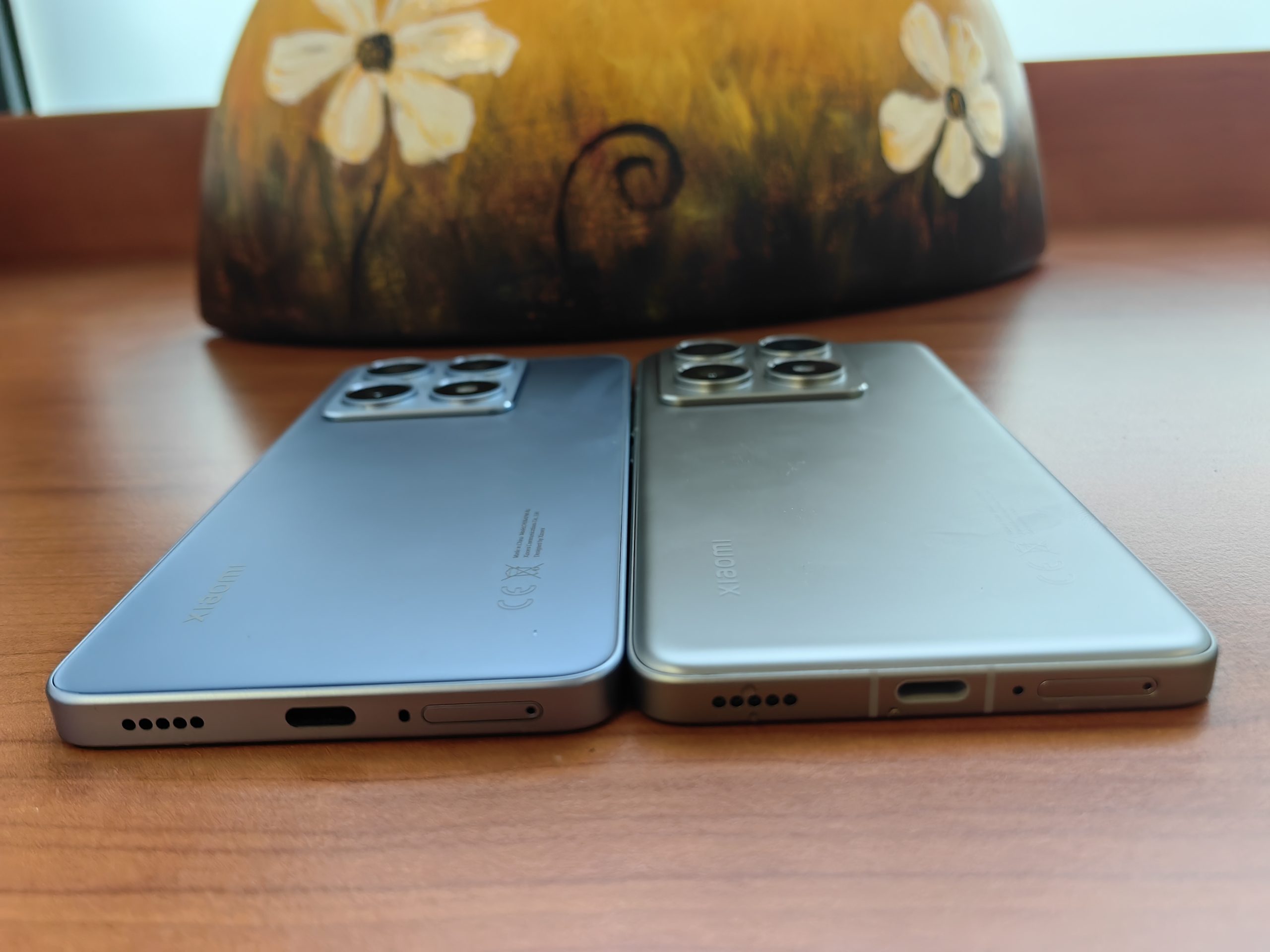

To be honest, I can't say they were bold with the design. It's different from the Xiaomi 13T, which is fine for recognition. Other than that, the phones are characterless, especially when compared to Redmi phones or the 14 series. They could at least come up with more interesting color combinations. There is supposed to be a lemon green version, which is also said to be made from lemon fibers. It sounds more interesting and I would like to see it in person.
They have retained the IP68 rating, commendable and expected, the power button has been given a rougher, embossed surface, I assume for better separation from the volume button? It's not a change I expected, but it can be handy in certain cases.
The biggest change is not in the phones, but in the packaging. The charger is gone, which you will now have to buy separately if you want to take advantage of fast charging, which of course you will. The approximate price of such a charger is around €50-60. Xiaomi was among the last to always include a charger with the purchase, and this was still the case when the series was released in the spring. Xiaomi 14It's a shame, because this has always been a point in Xiaomi's favor. They could have at least included it as part of the initial sales campaign, like Honor did with the 200 series. It's still not ideal, because achieving sustainability goals is being pushed onto the customers.
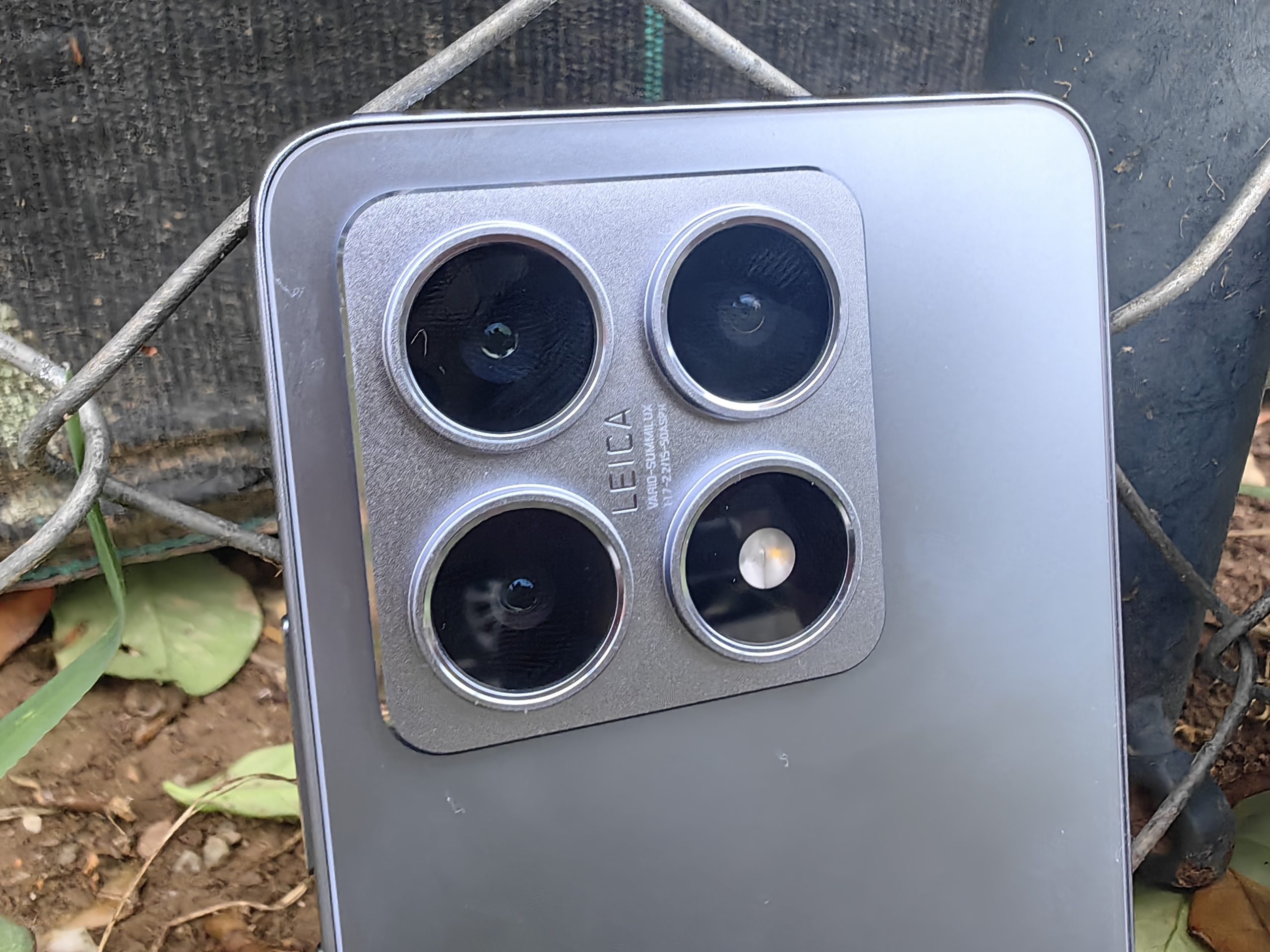
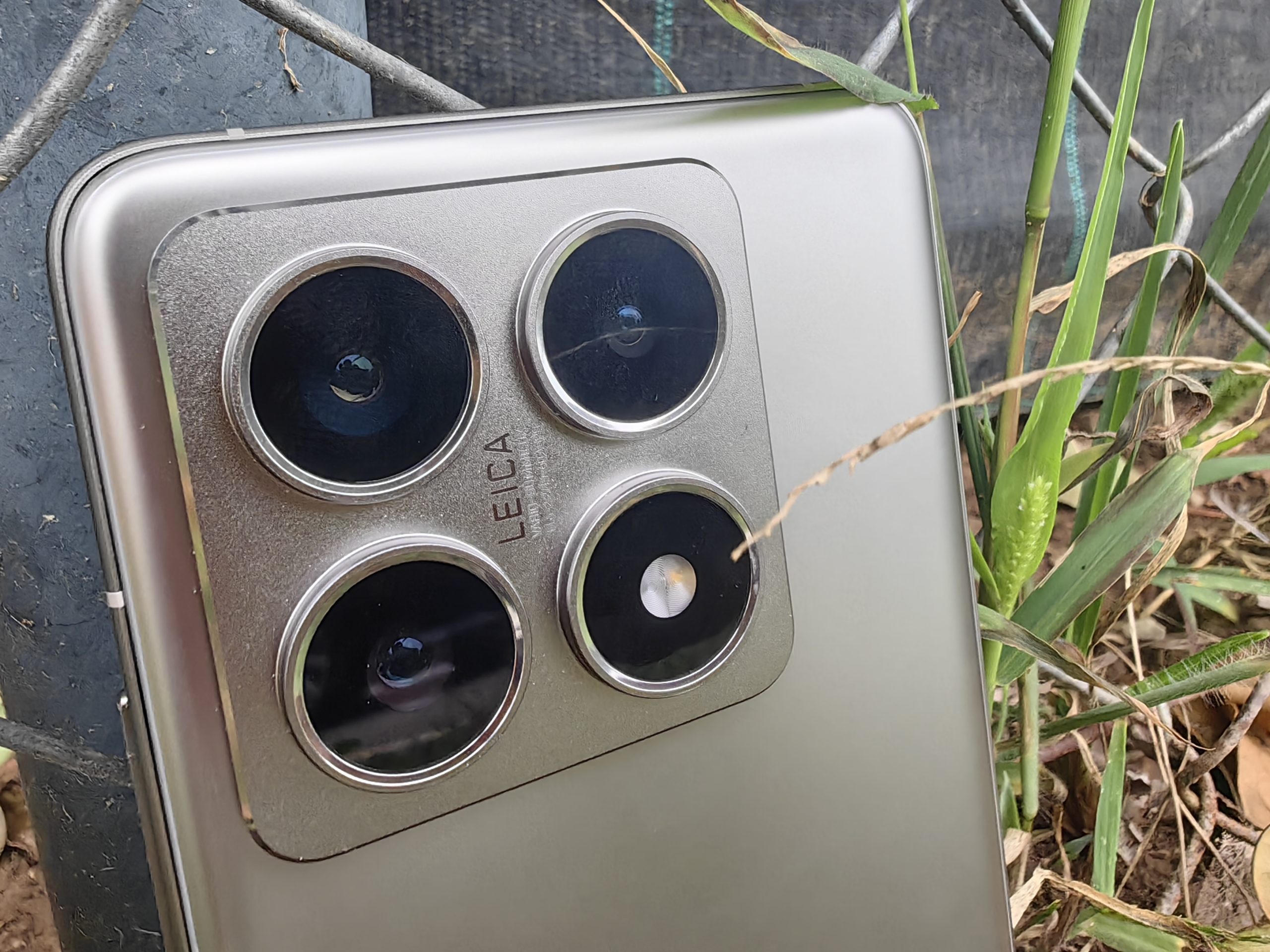
Both have the same, excellent OLED screen
To truly appreciate a good screen, I always have to start a graphically beautiful game, like Genshin Impact, or relax while reading comics. It's true that with larger phones, for example, With Fold6, the screen quality comes to the fore more quickly, but even with the classic 6.67 inches, I can quickly determine whether I like the screen.
And the Xiaomi 14T and Xiaomi 14T Pro deliver as promised. The screens are very similar to last year's, with the exception that the brightness has been upgraded from 2600 to 4000 candelas (nits), which is great news for use in the summer sun. The 1220 x 2712 resolution has been present since the Xiaomi 12T and is quite sufficient for this size. Also this year, both got support for Dolby Vision and HDR10+, if you happen to be one of those users who needs it.
The screen refresh remains at a fast 144Hz. You will not feel the difference between 120 and 144 Hz, the jump is simply too small. Also, the number of games that can take advantage of this speed is very small. PUBG, for example, can reach 90 fps and is one of the games where a higher speed would be welcome. However, in Yu-Gi-Oh Duel Links, which supports 144 Hz, the faster refresh rate is not a significant advantage. It is more useful for always smooth browsing on the system and on the web.
They improved the PWM dimming frequency (3840 Hz), but I don't know what protection (if any) they used.
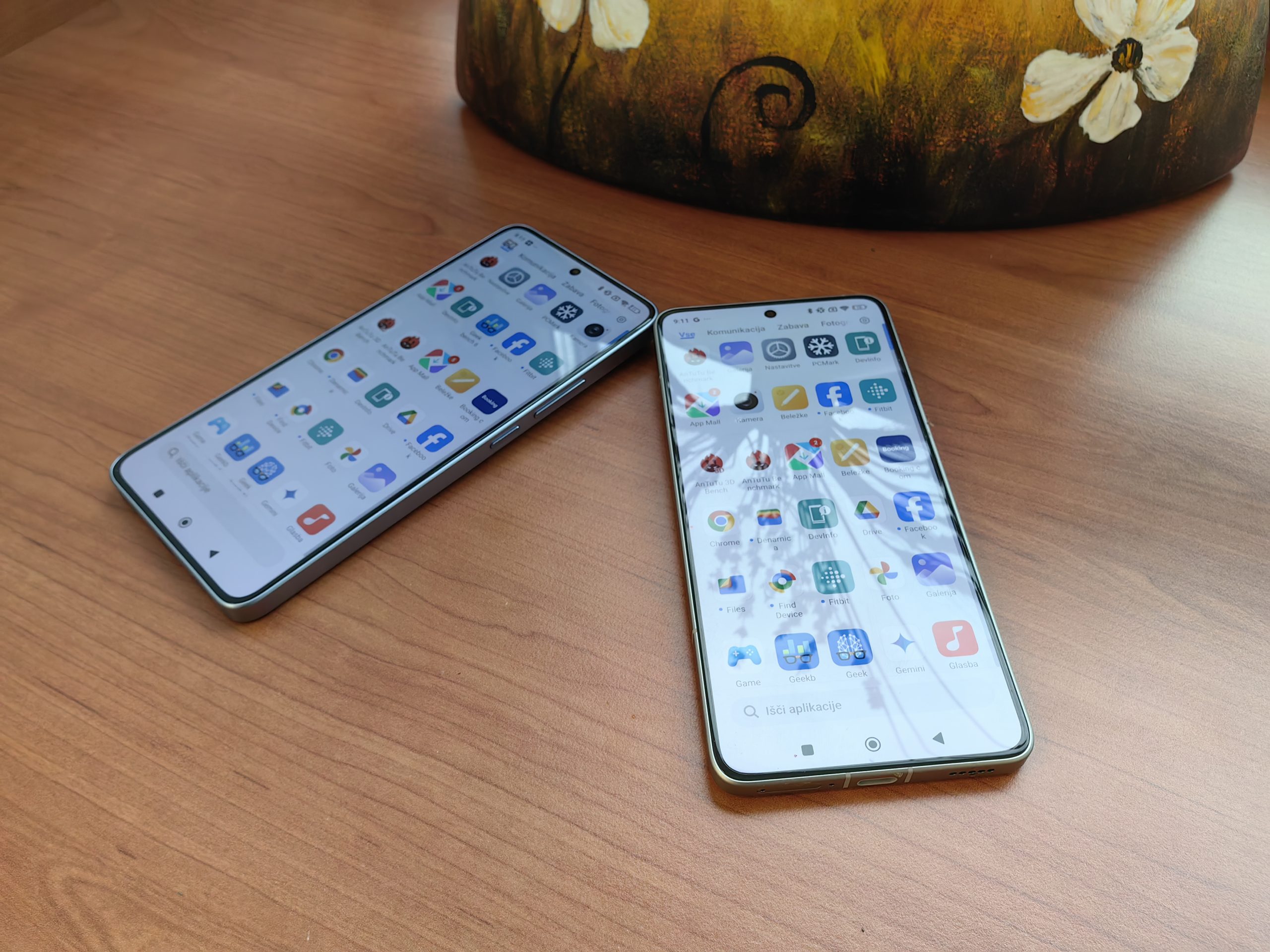

Mediatek again this year, which is bad news for emulator fans
The Xiaomi 14T got the Dimensity 8300 Ultra, and the Xiaomi 14T Pro got the Dimensity 9300+, so both chips are one generation more powerful than last year.
What can I say about Mediatek chips, which I haven't yet with Xiaomi 13T and other tests. Without Mediatek, Qualcomm would be without competition. The question is how much Qualcomm actually thinks of Mediatek, which is a much smaller company. In terms of market share, it's nothing to worry about, and we consumers can be happy to have at least one extra choice, especially since these are usually cheaper phones compared to Snapdragon phones. But not always. The Honor 200 and Honor 200 Pro have the same price placement, but with a Snapdragon architecture that most people, including me, like better.
Xiaomi 14T tests
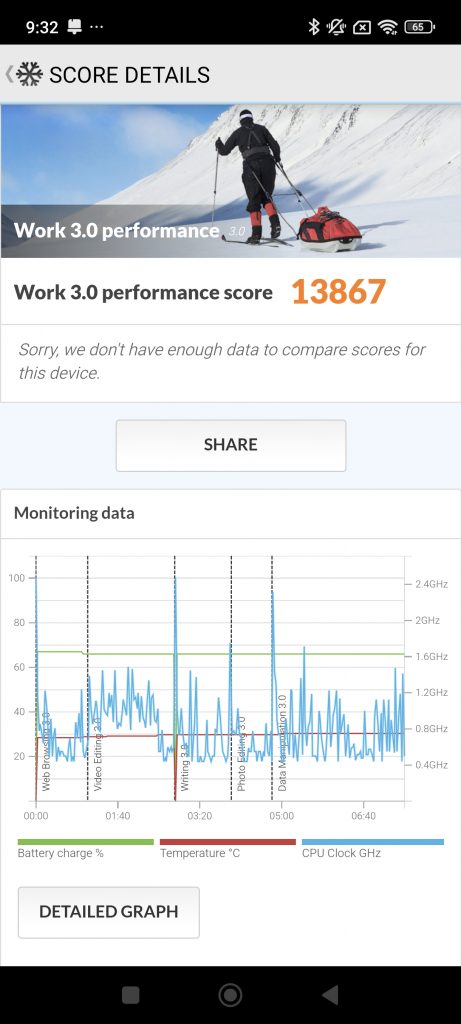
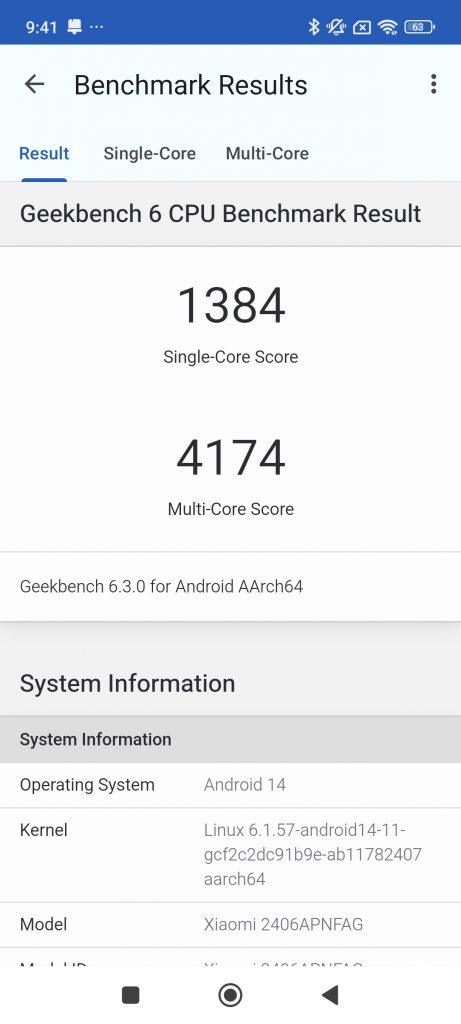
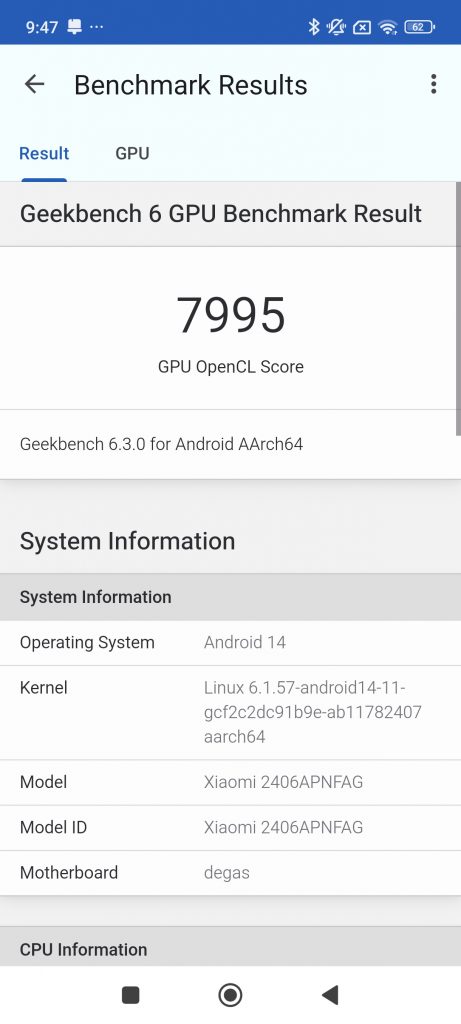
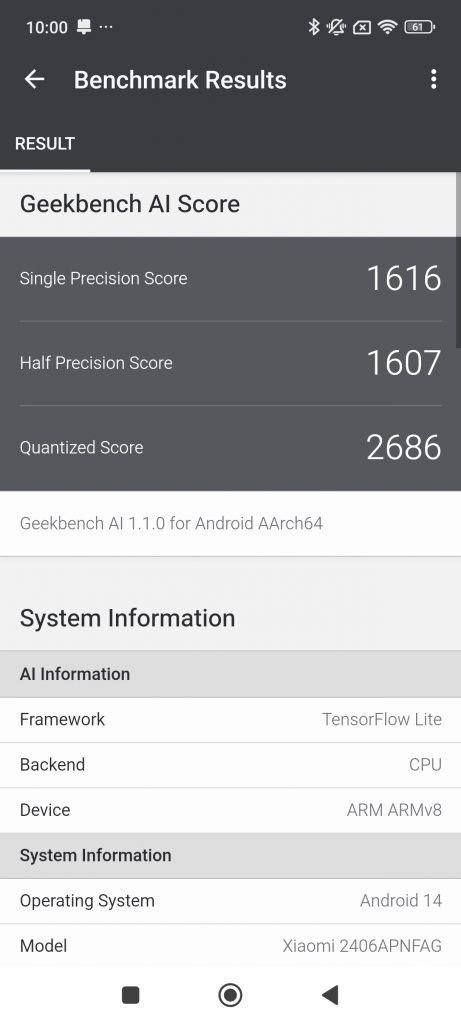
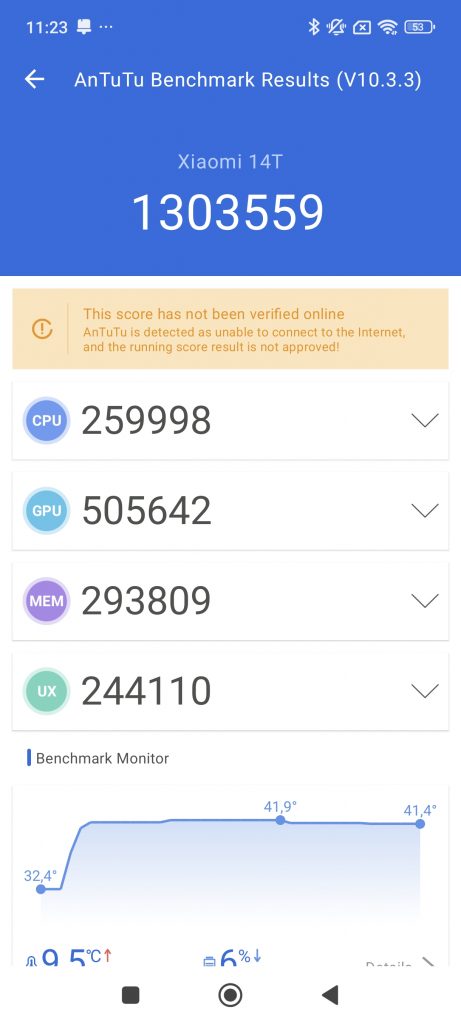

Mainly for gaming rather than general performance. The Xiaomi 14T and 14T Pro perform almost every task with excellence. Animations are smooth, transitions are free of stutters, performance is fine and you can run any app and more at the same time. Just like we've been used to for the last few years in this rank.
Genshin Impact, Honkai: Star Rail, Call of Duty, PUBG ... All the games that are at the top of the list of the most played and the biggest earners every year, you will play at the highest resolution without stuttering. If the two chips can do this, then other tasks, such as possible design, are not a problem either. They mainly fail in the niche scenario where the user wants to run a Switch or Windows emulator. I know that these users are not many, although the community of emulator lovers is growing every year. Since Snapdragon chips excel in this, we expect the same from Mediatek.
Xiaomi 14T Pro tests
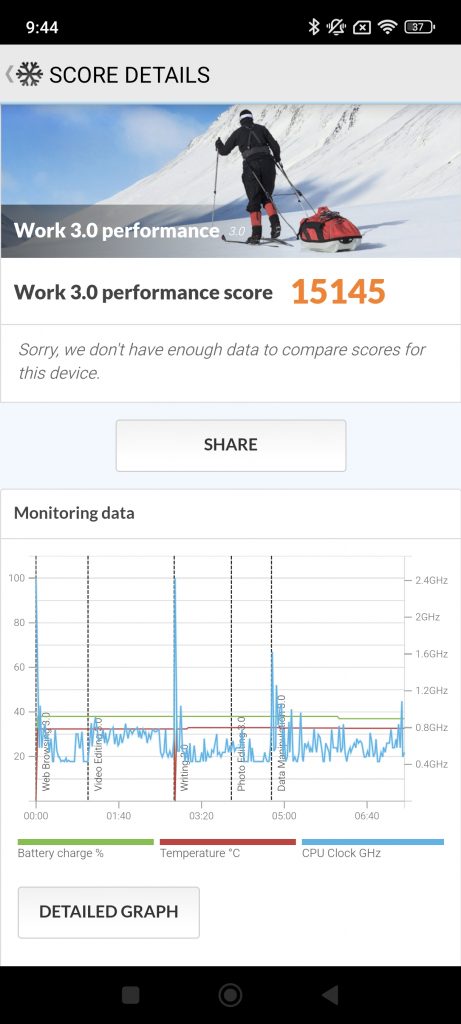
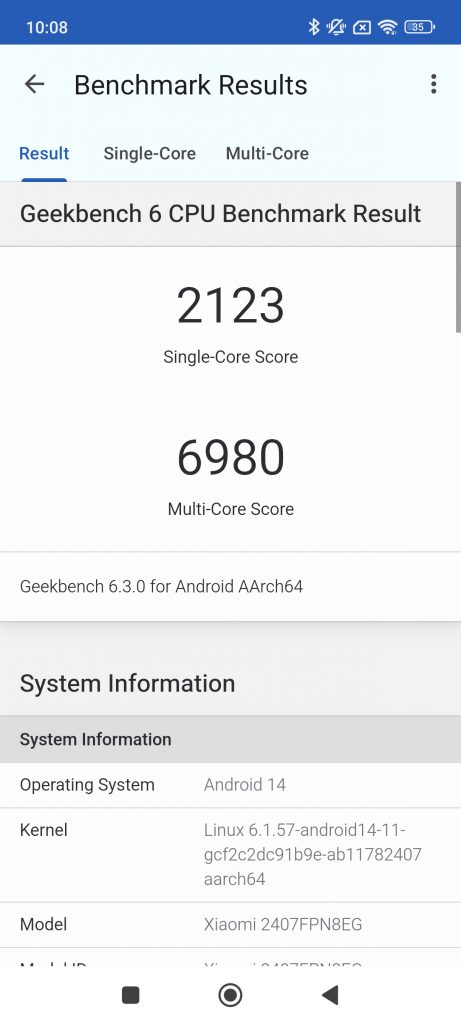
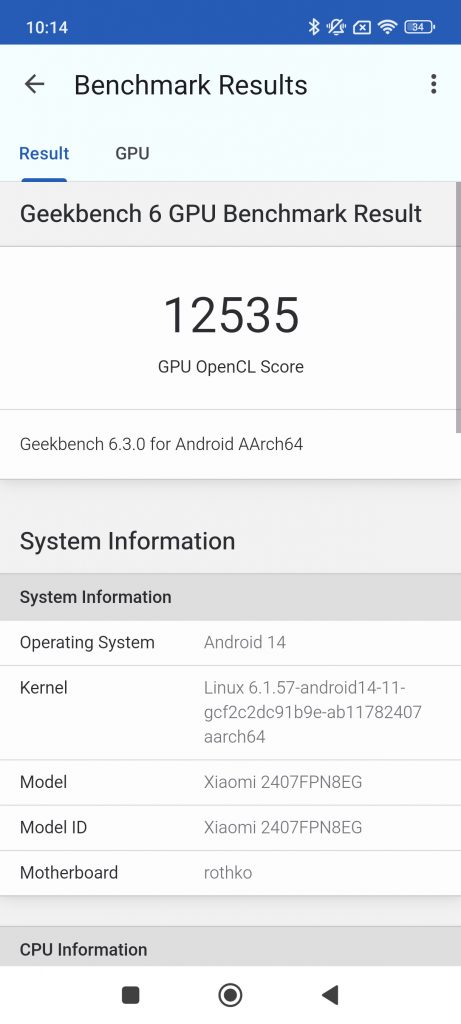

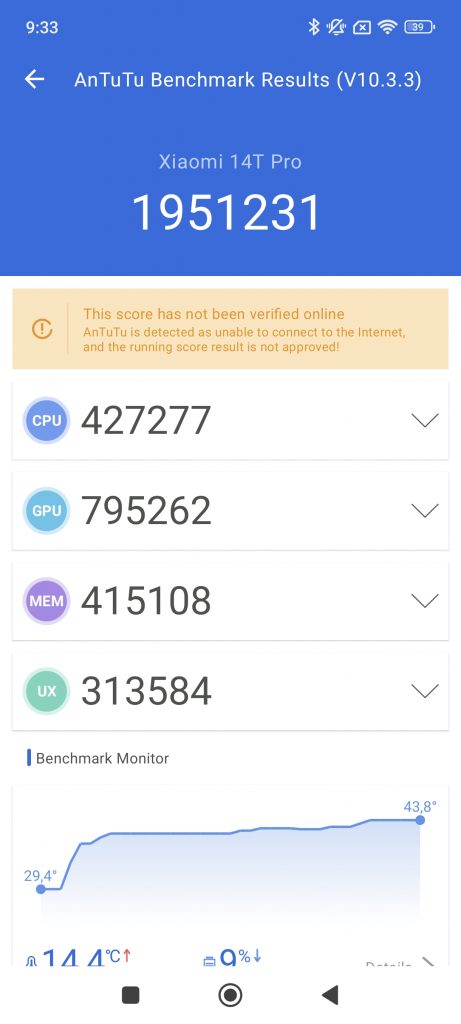
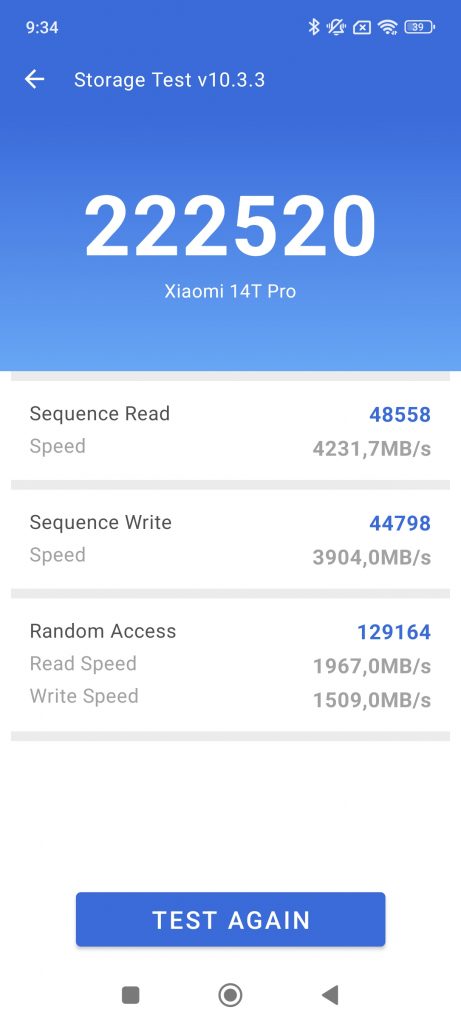
Mediatek and Vulkan are not the best of friends. Adreno, the graphics core of Snapdragon chips, is part of the MESA community, which, among other things, also develops the special drivers we need for emulation. That's why playing Switch and Windows games is almost impossible on a Mediatek chip.
While the Dimensity 8300 Ultra (Xiaomi 14T) was stable, the Dimensity 9300+ overheated significantly, faster than the Snapdragon 8 Gen 3.
The battery is good in both cases, the Xiaomi 14T is slightly better due to the less powerful chip. They will last until the end of the day. I tested them as usual: at least an hour a day playing games, general browsing, watching YouTube videos, reading comics and occasionally taking pictures.
The Xiaomi 14T charges at 90 W, and the Xiaomi 14T Pro even at 120 W if you find a suitable charger.
The drive is fast (UFS 4.0) and spacious. Some regions (not ours) will also get the 1TB version, which is overkill for anyone.
HyperOS still just a polished version of MIUI
With the announcement of the new HyperOS, I expected it to eventually be drastically different from its predecessor MIUI. In the household, we have POCO X6 Pro with HyperOS, and before that I used MIUI every day for a few years. Apart from the fact that they beautified the system, refreshed the fonts and themes, added some options for additional screen personalization (lock screen, desktop ...), not much has changed. Behind the scenes, Xiaomi says that they have improved optimization, reduced potential compatibility and software problems (such as crashes, random freezes ...). This is difficult to assess, but I am one of those who has used MIUI for many years without any problems.
What about AI features? Samsung, Google, Honor, Apple, all the major names have introduced their AI features.
The dedicated Mediatek 780 NPU chip (and 790 for the Xiaomi 14T Pro) in theory helps with artificial intelligence, but almost all AI features were not available at the time of testing. Given the complexity of these features, I don't expect any performance issues.
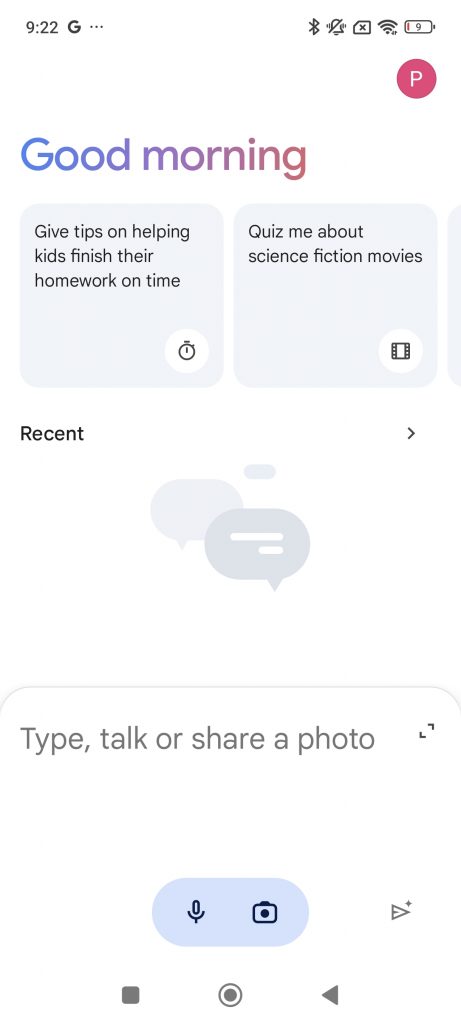
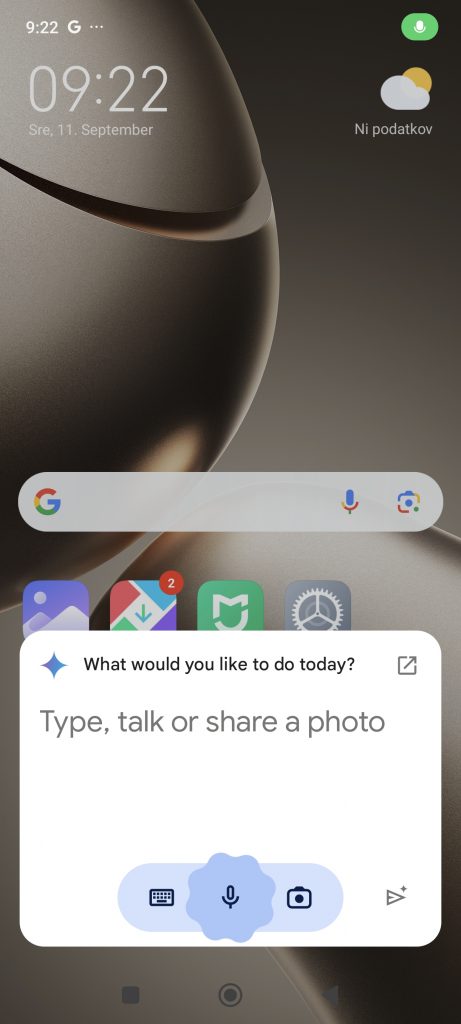

So far, Xiaomi has only introduced the automatic addition of subtitles to videos, which works well, although it is a very niche application (which is also true of most AI functions). The phone should get the function in October Search by circling (just like Google and Samsung phones), in the Gallery you can play with design tools, for example, expanding the background, deleting motifs and the like.
Google Gemini is available, but it only helps you in a special window that you access by pressing a button Home. It doesn't have a built-in keyboard or document editor to help you type.
Most of the AI functions are still coming and I haven't had a chance to test them: text editing (Magic Compose), transcription function (AI Recorder), interpreter (AI Interpreter) and the like.
The T in the Xiaomi 14T (Pro) is talent
Talent for photography, which he possesses quite a bit, and with hard work in the coming years he can improve a lot.
The Xiaomi 14T uses Sony's IMX906 for the main sensor, just like the Honor 100 and Honor 200. The Xiaomi 14T Pro uses the Light Fusion 900, developed by Xiaomi engineers, and I've already used it in the Xiaomi 14, but in conjunction with a different chip, so I expected different results.
In both cases, the aperture is wide and can take in a good amount of light, which was evident when I was wandering around at night looking for suitable subjects to photograph. The optical stabilization on the main sensor also helped, with videos lagging a little.
Xiaomi 14T Gallery












Both phones took very good photos in the daytime, but the Xiaomi 14T was the only one that I encountered a few issues with saturation, especially when taking portrait photos with the light source behind the subject. Manual adjustments fixed the issue, but most people are looking for a point & shoot experience.
With the exception of these problems, portraits are otherwise very expressive, unlike the Honor 200 (and Pro), which are deliberately focused on portrait photography.
Xiaomi 14T Pro Gallery

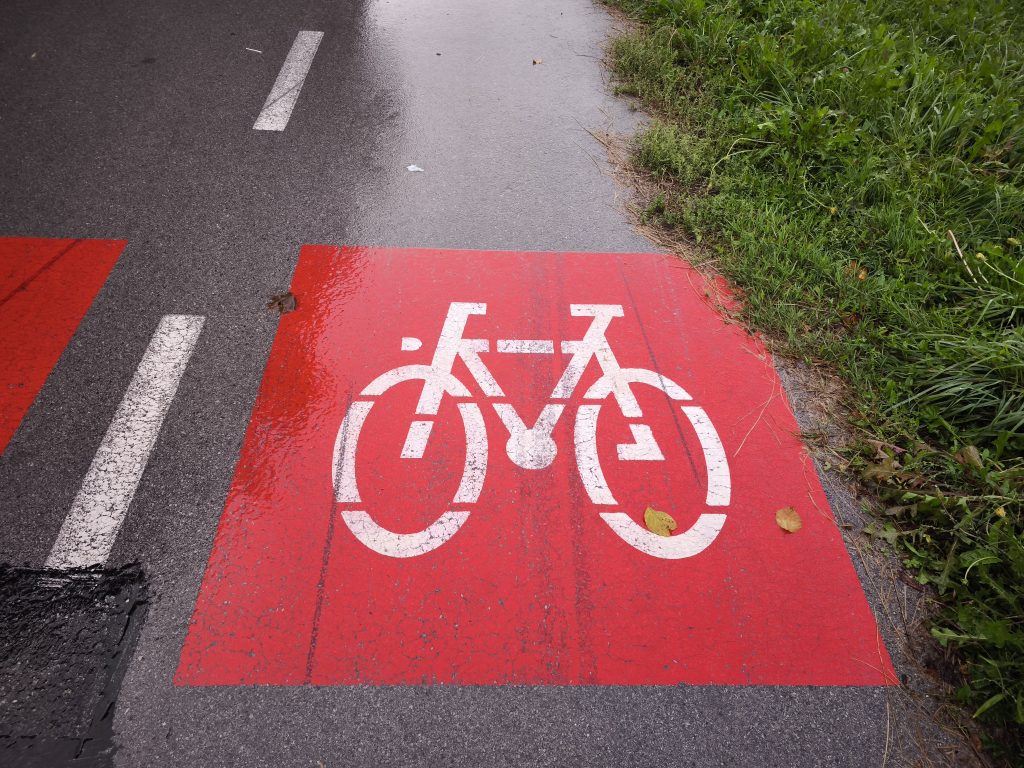









At night, I was satisfied with what was saved in the Gallery. The images are relatively sharp, despite the difficult light, details are solidly preserved, except when using more than 2x zoom, where you very quickly start to notice noise and contrast problems (especially on a larger screen).
The ultra-wide is only average, the macro shots are good enough to keep in the gallery.
Video (up to 8K on the Xiaomi 14T Pro) is a step up from "good" during the day and "good" at night. I am mainly bothered by the drop in texture sharpness and noise at the edges.
They have improved the front camera (32 MP), which will be sufficient for some undemanding vlogs and video calls. The microphones (two in both cases) struggle to filter out all surrounding sounds, so you'll hear quite a bit of unnecessary noise in your recordings.
The Xiaomi 14T Pro is a better photographer, but the gap between them is not a chasm, just a small crack.
I was more excited last year
The rookies didn't do anything seriously wrong. The appearance, which did not convince me, is a subjective disadvantage, Mediatek processors are worse for playing games, but great for everything else. However, Honor proved that it is possible to install Snapdragon chips for this price. The photography is just fine and within the expected limits. Of course, the Xiaomi 14 and similar premium phones are better, but they are also (were) more expensive.
And the price is where I have the most concerns. The Xiaomi 14 is currently around €700 and is a better phone. The Xiaomi 13T Pro for around €500 also seems to me to be a better purchase because it is comparable to this year's.
Until the price of both Xiaomi 14T drops close to €500, there are better choices, inside and outside the Xiaomi ecosystem.



